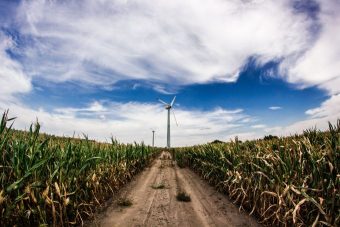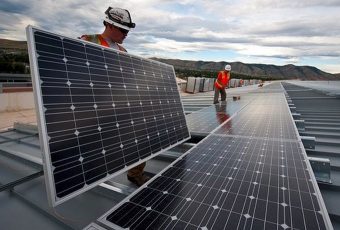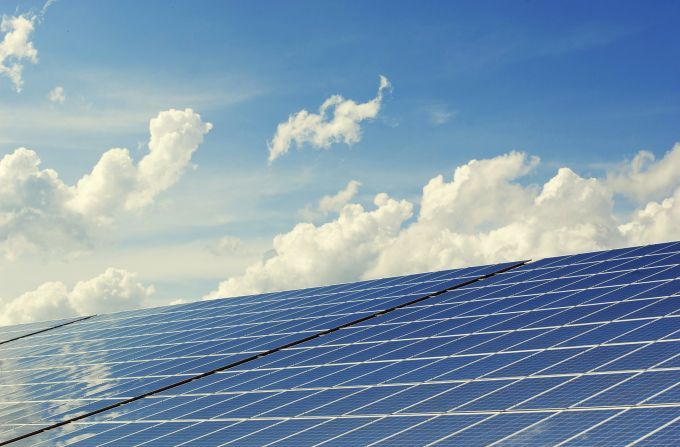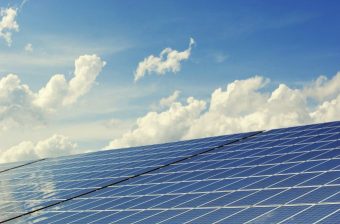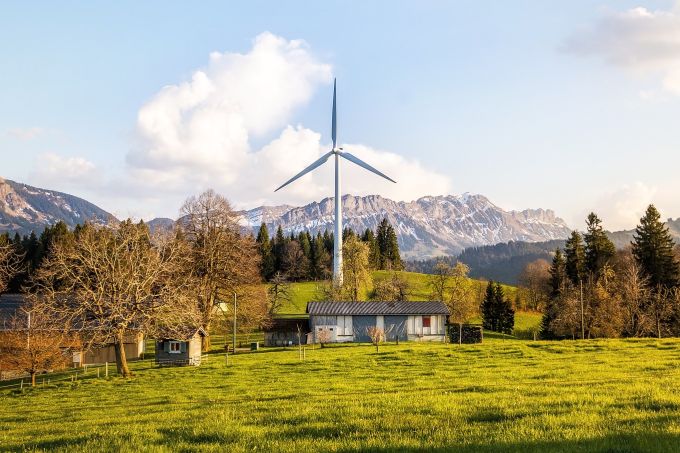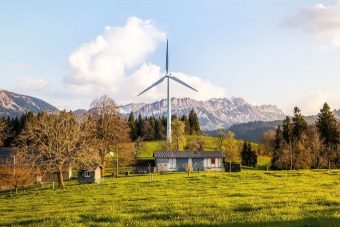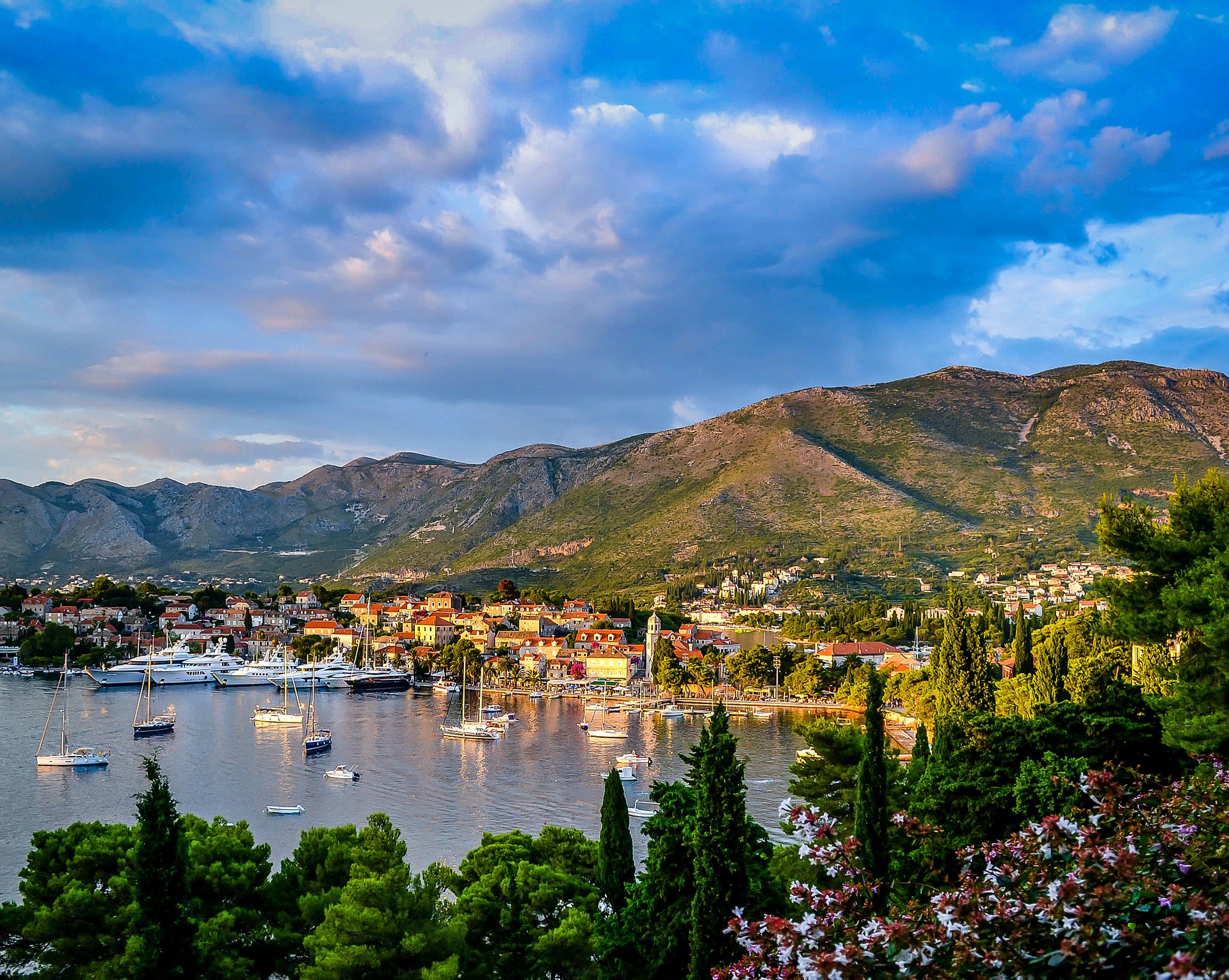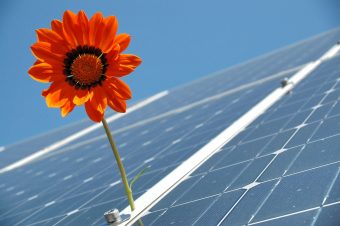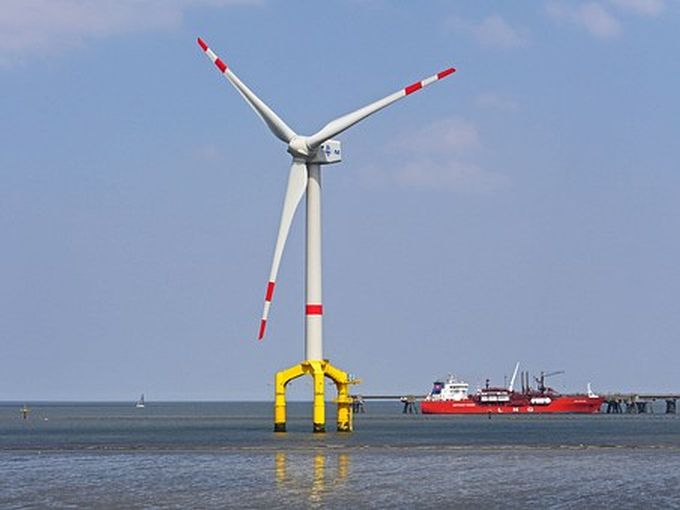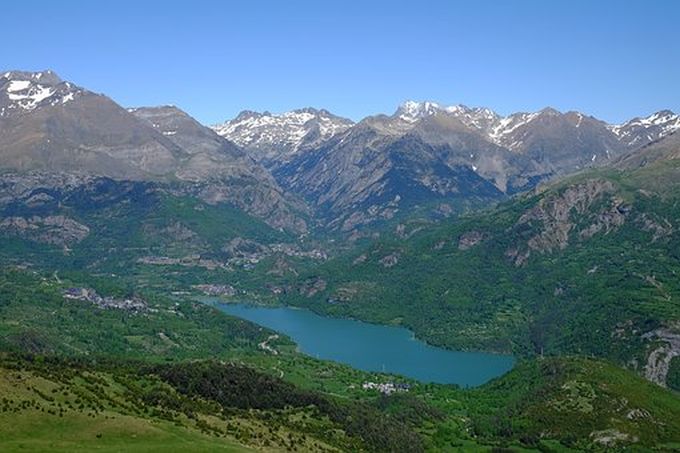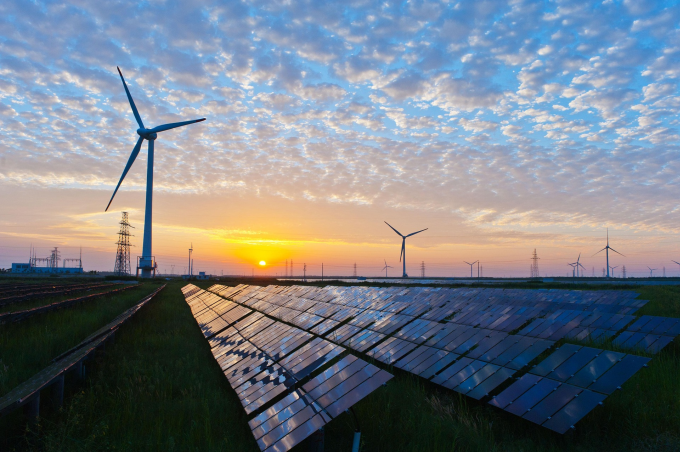
Interest in securing 100 per cent renewable power has stepped up a gear in the Gulf region, with the news Philips Lighting has become the first major global corporate to purchase renewable power in the region using the International REC (I-REC) Standard.
The standard allows companies to secure single-use certificates outside Europe and North America that prove that for each 1MWh of power they use 1MWh of renewable energy has been produced and delivered associated environmental benefits.
The scheme allows companies operating in countries where no similar documentation scheme exists to purchase renewable power in line with criteria that have been backed by the RE100 initiative, The Climate Group, and CDP.
Philips Lighting worked with consultancy ECOHZ to purchase traceable renewable power through the scheme from Dubai Electricity and Water Authority (DEWA’s) Mohammed bin Rashid Al Maktoum Solar Park in Dubai.
The renewable energy certificates will be issued by the Dubai Carbon Centre of Excellence (Dubai Carbon) that has recently been appointed as the local I-REC issuer for the United Arab Emirates.
Nicola Kimm, head of sustainability, environment, health and safety at Philips Lighting, said the deal would support the company’s goal to become ‘carbon neutral’ by 2020.
“Through the sales of our energy efficient lighting, we contribute to reducing lighting’s share of all global electricity consumption from the current 15 per cent level to eight per cent in 2030. However, this alone is not enough,” she said. “To keep our planet on course with the Paris agreement to mitigate climate change, we must fully switch to renewable sources of electricity.”
Tom Lindberg, managing director at ECOHZ, predicted that renewables developers in the Gulf region could soon see growing demand for their power. “Currently, around one per cent of electricity in the Gulf region is generated from renewable sources,” he said. “Looking at the great interest in renewable energy from multinationals operating in the region, this is not enough. Philips Lighting is taking a bold first mover step and is a great example of how corporate action can show this demand for traceable, credible renewable electricity.”
The landmark deal was also welcomed by Sam Kimmins at The Climate Group, which heads up the RE100 initiative that has seen nearly 100 high profile firms commit to sourcing 100 per cent renewable power.
“Going 100 per cent renewable makes business sense, and solutions are available – wherever operations are based,” he said. “Together, RE100 members are creating change, and accelerating progress to a low carbon economy.”
Source: businessgreen.com




